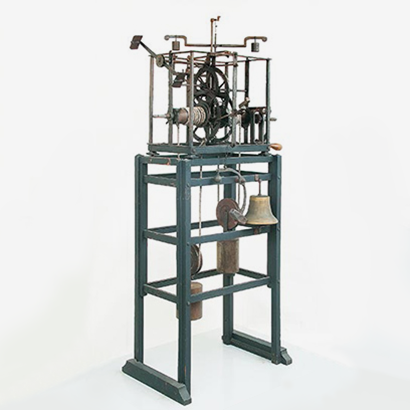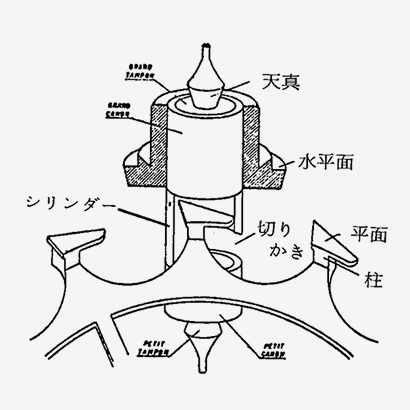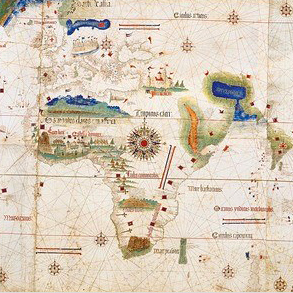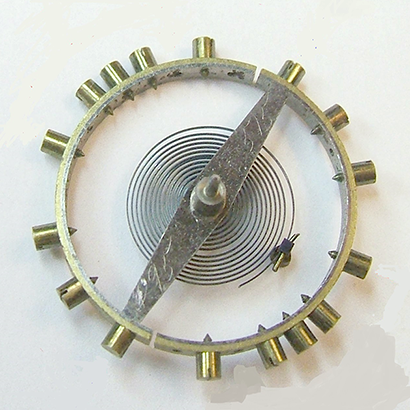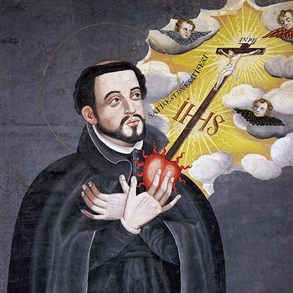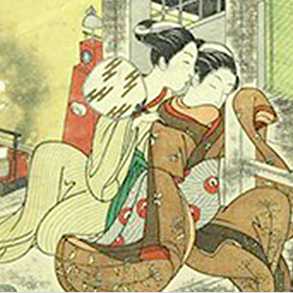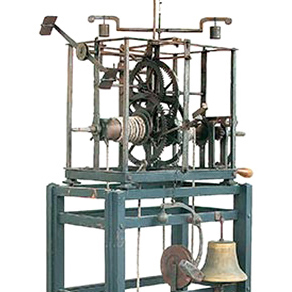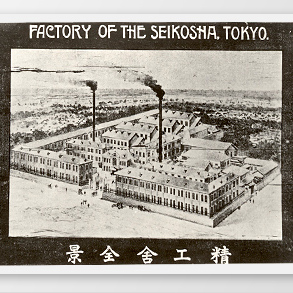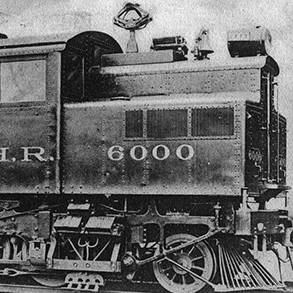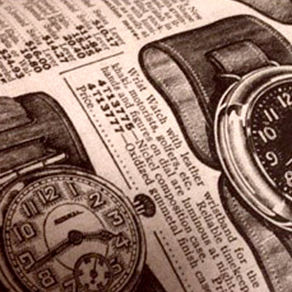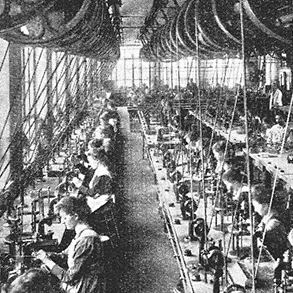Who is Huygens?
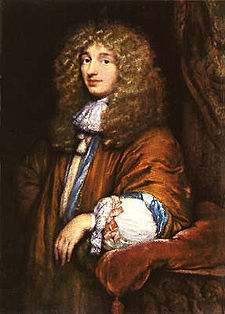
A scientist who researched a wide range of scholarship. He was born in the Hague, Holland in April 14, 1629 and made great achievements in a wide range of field such as mathematics, dynamics, optics, astronomy, and mechanical engineering.
He is especially famous for devising a wave theory of light called “Huygens' principle” and discovering Saturn's ring.
One of his special fields was astronomy. He thoroughly studied horology because accurate time measurement was crucial to astronomical observation.
In the late 17th century, Holland was the center of the world economy and clock making.
The Pendulum Clock Worked on the Principles of Galileo's Law
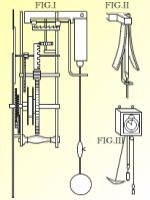
Galileo Galilei, a student at that time, discovered a phenomenon called the “isochronism of the pendulum” while watching a suspended lamp swing back and forth in the cathedral of Pisa in 1583. In short, he observed that period of a pendulum’s swing was independent from the amplitude of the swing.
His son Vincenzio Galilei tried to make a clock using a pendulum, but without success.
Huygens adapted Galileo's Law to develop a pendulum clock that worked. He demonstrated theoretically that a large-amplitude swing was subject to large error that precluded isochronism. From there, he developed the concept of a highly accurate, isochronic pendulum by drawing a cycloid curve (*) unimpeded by air resistance. Based on this concept, he invented a pendulum clock with only a few minutes of error per day by contriving an oscillator that corrected the error at large amplitude with a compensator placed on both sides and reduced the impact of temperature variations on the pendulum as much as possible. He offered his invention to the Dutch Parliament.
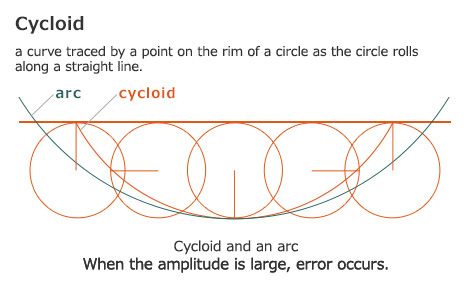
Balance Spring Clock
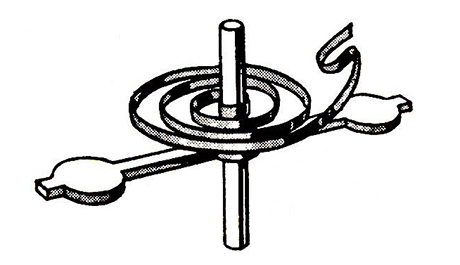
The accuracy of mechanical clocks was dramatically improved by replacing the foliot balance, a part that caused significant error by the pendulum, as a speed regulator. A pendulum clock had to be long enough to accommodate the swing of the pendulum. If a clock was shaken, the amplitude was disturbed and the clock lost accuracy. This hindered miniaturization to a scale small enough to carry.
A balance spring, the combination of a spiral spring and balance wheel, ultimately solved this problem. Robert Hooke, a scientist famous for his “ law of elasticity,” came up with the idea of adopting a straight balance spring to a clock. Huygens, meanwhile, noticed that a spiral balance spring enabled the design of smaller clocks and was favorable for oscillation using elasticity. The spiral balance spring oscillates isochronously like a pendulum but is free from the influence of gravity. This allows it to maintain isochronism even when shaken or rotated. Huygens developed a speed regulator for a clock based on this oscillation mechanism.
Huygens made the accurate clock driven by a balance spring and controlled by an escapement fitted to the balance in 1675. This invention realized making pocket watches soon.
Achievements of Huygens, the father of mechanical clocks

Timepieces became more popular when Huygens increased their accuracy by inventing the pendulum clock and balance spring. Now that clocks were more accurate, they could be built with minute hands in addition to hour hands.
Later on, the pendulums and balance springs respectively used for the oscillators of clocks and watches were miniaturized with improved escapements and speed regulators. Accuracy dramatically improved.
The important mechanisms invented by Huygens for the pendulum clock and balance spring clock become core technologies for today's timepieces. His achievements in the development and spread of mechanical clocks earned him his reputation as the father of mechanical clocks.
Reference: Ueno, Masuo The story of timepieces. Hayakawa Shobo
Hirai, Sumio The story of timepieces. The Asahi Shinbun
The story of time and timepieces. Akashi Municipal Planetarium


